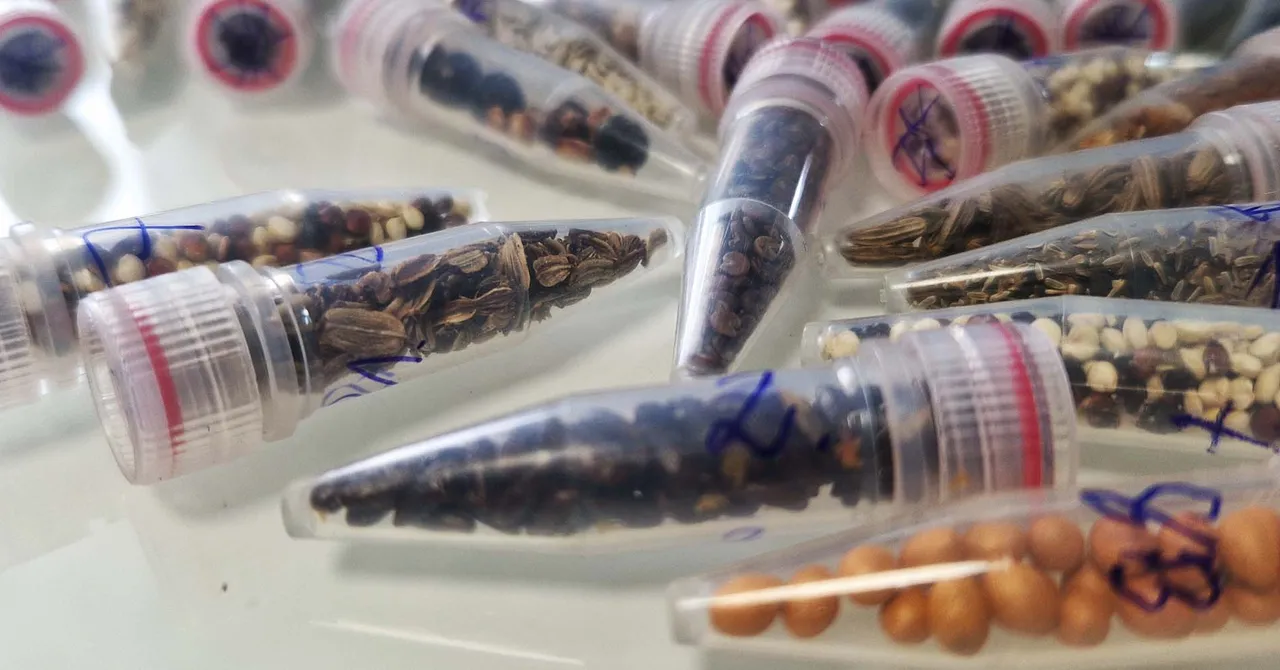The global medical marijuana market is on track to reach a value of $83.1 billion by 2032, according to a report from Persistence Market Research. This sector is expected to grow from an estimated $33.1 billion in 2025, with a compound annual growth rate (CAGR) of 14.0% between 2025 and 2032. The growth is primarily fueled by changing perceptions about cannabis and increased legalization efforts in many regions.
In recent years, there has been a marked shift in how medical marijuana is viewed, as its therapeutic potential gains wider acceptance. Ongoing clinical research supports its use for various conditions, including chronic pain, cancer symptoms, neurological disorders, and mental health issues. As a result, more patients are turning to medical marijuana as an alternative or adjunct to traditional pharmaceuticals.
North America leads the market, holding approximately 39% market share in 2025, largely due to progressive legalization in the United States and Canada. An increasing number of states and provinces are allowing medical use under regulated frameworks, contributing to this dominance. The extract product segment, which includes oils, tinctures, and edibles, is expected to capture about 65% of the market due to its targeted therapeutic effects and ease of consumption.
Pain management remains the leading therapeutic application for medical marijuana, accounting for nearly 48% of the market. Patients seek relief from chronic pain through the anti-inflammatory and analgesic properties of cannabis. Additionally, studies indicate that the bronchodilator effects of medical marijuana may assist in managing asthma symptoms.
Key findings from the report include: – North America is projected to maintain its market leadership with a 39% share in 2025. – The extract segment is anticipated to dominate with a 65% market share due to high consumer demand for various forms of cannabis products. – Retail pharmacies are expected to account for 77% of sales in 2025, driven by the growing availability of over-the-counter products. – Pain management is the largest segment, anticipated to hold a 48% share, reflecting the effectiveness of cannabis in alleviating chronic pain.
Market segmentation reveals that the medical marijuana market can be divided by product type, indication, and distribution channel. Product types include extracts, dried flowers, and topicals, with extract-based products favored for their consistency and ease of dosing. The dried flower segment also continues to grow, as new flower products and formulations emerge to target specific health conditions.
In terms of indications, pain management is the most prevalent, driven by an aging population and increasing cases of chronic illnesses. Other notable conditions include neurological disorders, mental health issues, and symptoms related to oncology. Distribution channels vary, with retail pharmacies and medical dispensaries leading sales, while online sales and hospitals also play a role.
Regionally, North America is the largest market, bolstered by ongoing legalization in the U.S. and Canada. As of early 2024, medical marijuana is legal in 47 U.S. states, supported by regulatory frameworks that facilitate cultivation, research, and patient access. Federal reviews in the U.S. could lead to a reclassification of cannabis, further promoting market growth.
In Europe, countries like Germany, the U.K., and the Czech Republic are emerging as significant players. Germany’s recent reclassification for medical and research purposes has opened new avenues for market growth. The U.K. is experiencing increased acceptance, while the Czech Republic has implemented measures allowing general practitioners to prescribe medical marijuana.
The Asia Pacific region, particularly Southeast Asia, is also seeing rising interest in medical marijuana legalization. Thailand’s legalization in 2018 has inspired neighboring countries to explore similar frameworks, with cities like Seoul and Bangkok poised for growth.
Nevertheless, the medical marijuana market faces challenges, including social stigma that may deter patients from seeking treatment and hinder regulatory progress. Additionally, the lack of comprehensive clinical evidence for many therapeutic uses limits acceptance among healthcare providers and affects insurance coverage.
Despite these obstacles, opportunities abound, especially in mental health management, where medical marijuana is gaining traction for treating conditions like anxiety and PTSD. As awareness grows and regulatory landscapes evolve, manufacturers that innovate with targeted products and user-friendly delivery systems are likely to capture significant market share.
The medical marijuana market is poised for transformative growth, supported by increasing acceptance, regulatory changes, and advancements in product innovation. As more countries recognize the therapeutic potential of cannabis, its role in modern medicine is expected to expand significantly over the next decade.




